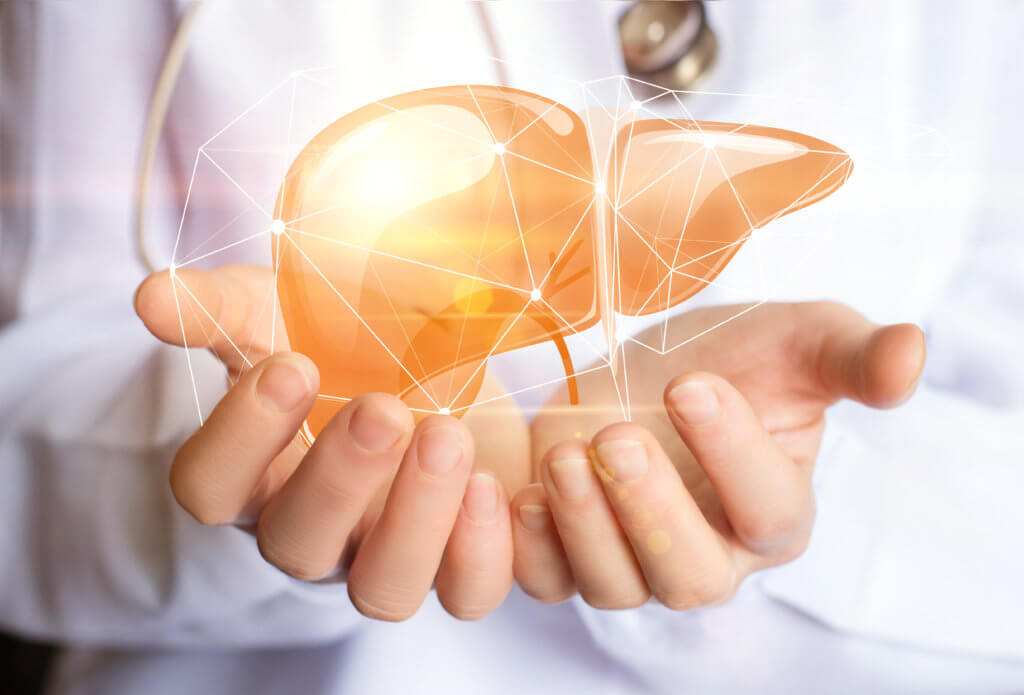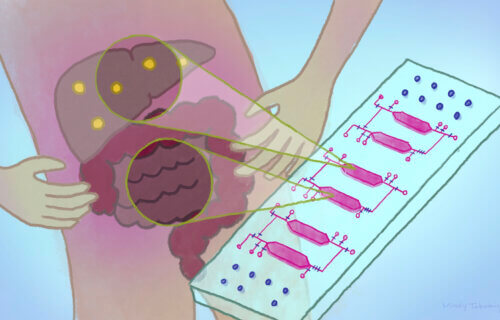KYOTO, Japan — A breakthrough chip could lead the way to new treatments for those suffering from non-alcoholic fatty liver disease (NAFLD). Scientists at Kyoto University have developed the integrated-gut-liver-on-a-chip (iGLC) platform to study NAFLD more effectively. By simulating the complex gut-liver-axis, this chip holds promise for discovering improved treatment options.
NAFLD affects a significant portion of the population, yet effective treatments remain elusive. The gut-liver-axis, involving intricate interactions between the gut and liver, presents a challenge for researchers due to species differences that make animal models inadequate for coming up with human solutions.
The accumulation of fat in the liver characterizes NAFLD, which can lead to severe complications necessitating liver transplantation. To explore the condition and uncover better treatment avenues, scientists need advanced research approaches.
While organ-on-a-chip platforms are not new, the iGLC platform developed by the Kyoto University team shows promise in addressing some limitations of previous attempts, according to a study published in the journal Communications Biology.
The researchers employed the iGLC platform by introducing liver and gut cancer cell lines into separate chambers connected by fluidic channels. The chambers have carefully positioned valves for fluid control and a pump to mimic the circulation between the gut and liver. This system enables the separate circulation of fluid while facilitating the introduction of substances, such as free fatty acids, to observe their impact on the interacting “organs.”

The iGLC platform is constructed from a silicone material coated with two substances: one that prevents interference from fatty molecules and another that promotes cell growth.
Significant changes in gene expression were observed in the gut and liver cells when cultured in the iGLC platform compared to standalone cultures. The researchers also documented the effects of introducing free fatty acids over one or seven days. After just one day, DNA damage was initiated in the cells, while seven days of circulating free fatty acids resulted in their accumulation and subsequent cell death, mimicking severe cases of NAFLD.
While the current platform does not account for the influence of gut microbes and other factors on the gut-liver-axis, and the experiments used cancer cell lines that do not fully represent the complexity of human tissue, it still marks a significant step forward.
The next phase of research will involve using liver and gut organoids derived from human stem cells. This approach will enable investigations into NAFLD under controlled conditions that closely resemble the physiological contexts of patients, offering greater insights into the disease.
The iGLC platform opens doors to a deeper understanding of organ interactions and disease mechanisms. By advancing our knowledge, it brings us closer to developing targeted therapies for conditions like NAFLD, ultimately improving the lives of those affected.
NAFLD impacts almost 30 percent of people around the world. Unlike liver disease resulting from drinking too much alcohol, NAFLD is often the result of obesity, Type 2 diabetes, high blood pressure, high cholesterol, or high triglyceride levels.
You might also be interested in:
- ChatGPT finds another new job — giving medical advice to liver disease patients
- ‘Heart attack on a chip’ could help create personalized drugs for heart disease patients
- ‘Worm-on-a-chip’ could sniff out lung cancer before it spreads

